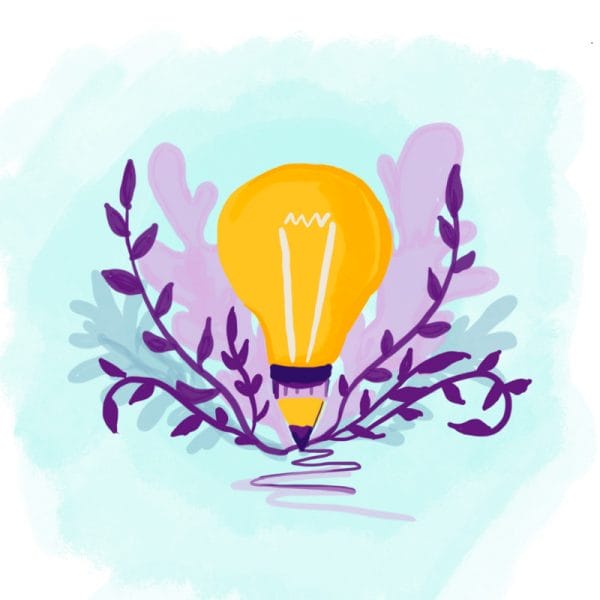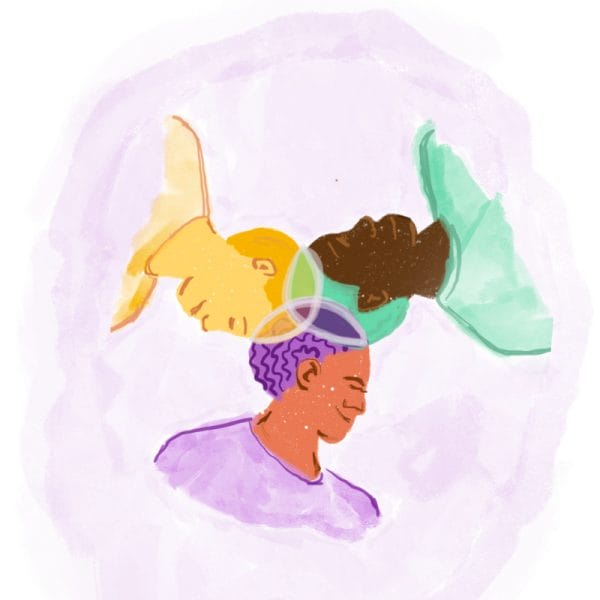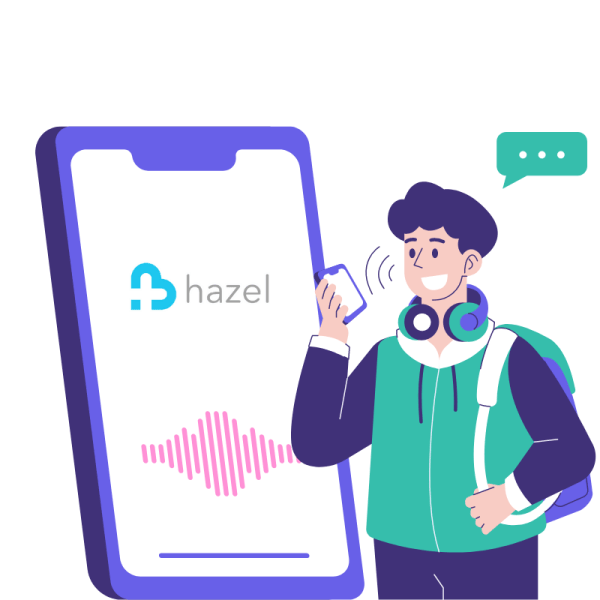Nod is addressing loneliness on college campuses
 Developed in partnership with Grit Digital Health, the Nod app for college campuses offers higher education leaders a research-backed tool they can confidently share with students, knowing it addresses two critical threats to student mental health: loneliness and depression.
Developed in partnership with Grit Digital Health, the Nod app for college campuses offers higher education leaders a research-backed tool they can confidently share with students, knowing it addresses two critical threats to student mental health: loneliness and depression.
Nod uses evidence-based practices including principles of positive psychology, cognitive behavioral therapy, motivational interviewing and mindfulness self-compassion to equip students with the skills to build social connections whether they are on-campus or remote.
Research-backed Efficacy
In a 2019 randomized controlled trial conducted with 221 first-year college students, four weeks of Nod use prevented loneliness and depression among those students most at risk at the start of the year. Additionally, there were similar patterns of improved outcomes for sleep quality, campus belonging, social support, and intention to return to college among students who used Nod compared to those who were in a control group, according to results published in the Journal of Medical Internet Research Mental Health (JMH).
Student-Powered, Award-Winning
Each year Fast Company highlights the best new apps and games in various categories. Nod received recognition as a finalist in both the Social Good and Apps & Games categories.
Bring Nod to Your Campus
If you are a student, parent, higher education leader, or alumni interested in bringing Nod to your campus through our enterprise option, we want to hear from you!
Loneliness has a profound impact on mental health, especially among GenZ youth in the U.S.

Higher education leaders are facing unprecedented challenges in meeting the demand for student mental health resources and services. Every new school year, the number of students in need increases: in a recent survey of more than 500 counseling center directors, nearly 90% reported experiencing an increase in demand for counseling services in the past year. The COVID-19 pandemic brings additional complications as it disrupts the traditional in-person delivery channels commonly used for prevention programs and care.
Why This Matters
Loneliness is More Than an Unpleasant Feeling
Lonely young people are at heightened risk for anxiety1 and depression2, poor sleep3, substance use4-5, susceptibility to illness6, self-harm, and suicidality7-9.
New data from an Active Minds Survey of 2,086 college students regarding the impact of COVID-19 on their mental health finds 80% of students reported experiencing loneliness and isolation, putting it among the top three most common problems alongside stress and anxiety (91%), and disappointment/sadness (81%).
To deepen our understanding of loneliness, Hopelab engaged experts, conducted scientific literature reviews, and leveraged human-centered design approaches to learn from students’ first-hand college experiences.
Many College Students Report Feeling Lonely

~30% of college students reported feeling “very lonely” in the past two weeks.
~67% of college students reported feeling “very lonely” within the past year10.

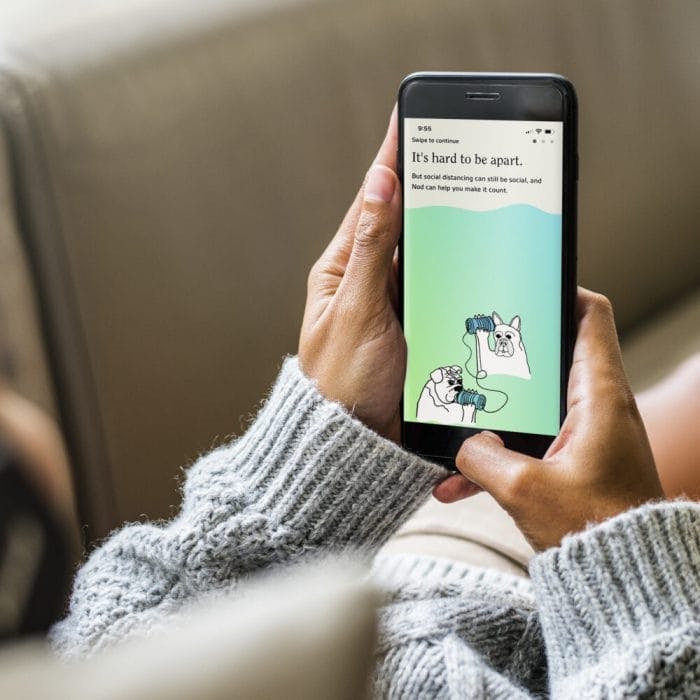
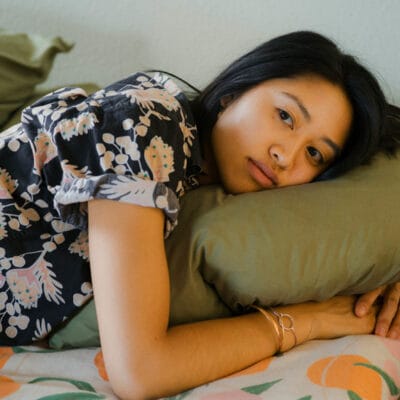
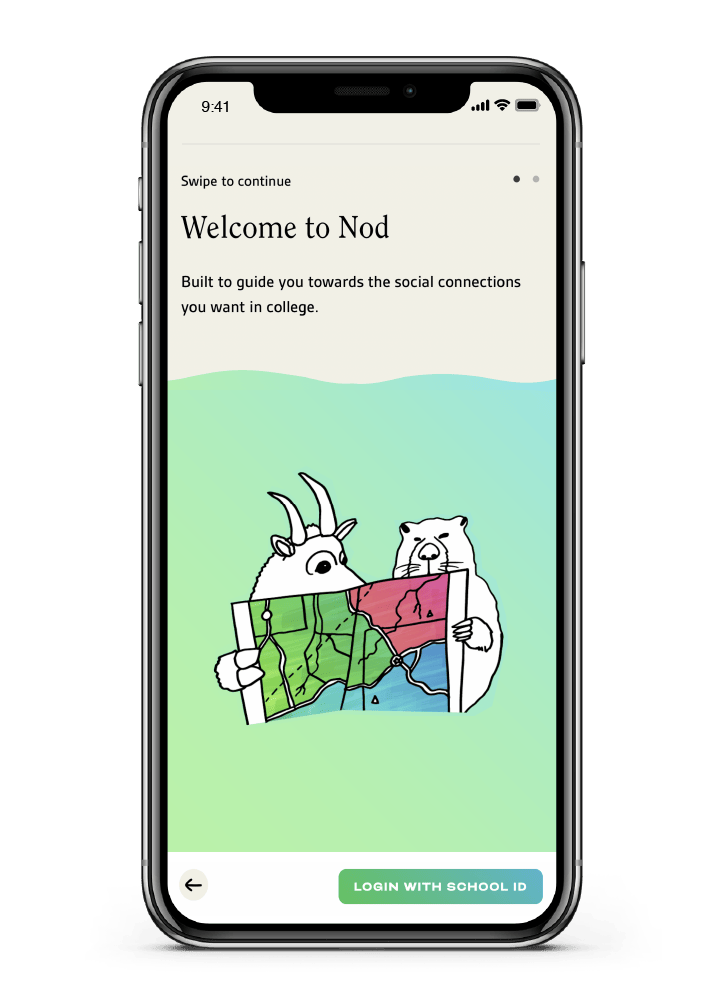
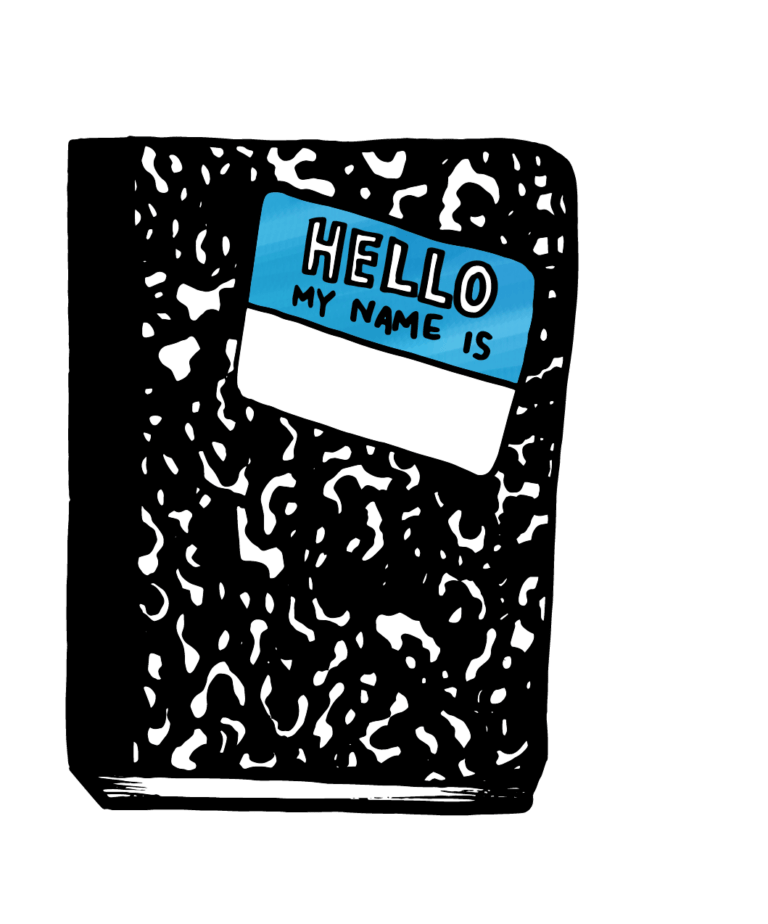 Stories are powerful. Learn what it’s like to be a college student today from one of our featured student perspective blogs.
Stories are powerful. Learn what it’s like to be a college student today from one of our featured student perspective blogs.